Mountain bikes have become a go-to choice for riders seeking performance and freedom, not just on rugged trails but also in urban and mixed-terrain settings. Whether you're an outdoor enthusiast, a daily commuter looking for versatility, or someone exploring recreational cycling, a mountain bike offers a blend of strength, comfort, and adaptability that few other bikes can match.
What Makes a Mountain Bike Unique?
Mountain bikes are engineered to handle off-road conditions. Their standout features typically include:
Sturdy Frame Construction: Often made of aluminum or carbon fiber, the frames are built to withstand impacts and support a wide range of rider weights.
Suspension System: Most mountain bikes come with either front (hardtail) or dual (full-suspension) systems to absorb shocks from uneven terrain.
Wide, Knobby Tires: These provide enhanced grip and traction on dirt, gravel, and rocky surfaces.
Reliable Braking Systems: Hydraulic or mechanical disc brakes offer strong stopping power in wet and muddy conditions.
Multiple Gears: Designed for climbing steep hills and descending with control, the gear system makes navigating varied terrain easier.
Applications Beyond the Mountains
While their origin is in trail riding and off-road cycling, modern mountain bikes are now widely used for other purposes:
Urban Riding: Many commuters prefer mountain bikes for their durability, especially in cities with poor road conditions or mixed terrain.
Touring and Long-Distance Rides: With rack and pannier compatibility, mountain bikes can be adapted for travel and multi-day cycling trips.
Fitness and Recreation: The rugged nature of mountain biking provides a full-body workout and a great way to stay active.
Choosing the Right Mountain Bike
Before purchasing, consider the following:
Riding Style: Cross-country (XC) bikes are light and efficient, trail bikes are versatile, enduro bikes are built for downhill endurance, and fat bikes handle snow or sand.
Suspension Type: Choose a hardtail for lighter weight and lower cost or a full-suspension model for technical trails and added comfort.
Frame Size: Proper fit is essential for comfort and control. Most manufacturers provide sizing charts based on rider height.
Budget: Entry-level models are suitable for casual use, while premium bikes feature advanced materials and components for serious riders.
Maintenance Tips for Longevity
Regular maintenance ensures your mountain bike performs reliably:
Keep the drivetrain clean and lubricated.
Check tire pressure and tread regularly.
Inspect brakes for wear and responsiveness.
Clean the bike after muddy or dusty rides.
Service the suspension system as per manufacturer guidelines.
Trends in Mountain Biking
The mountain biking industry continues to innovate. Some current trends include:
Electric Mountain Bikes (e-MTBs): Offering pedal-assist technology, these bikes make climbing easier and extend ride distances.
Tubeless Tires: Reduce punctures and allow for lower tire pressure, improving grip.
Dropper Seatposts: Enable on-the-fly seat height adjustment for better control on descents.
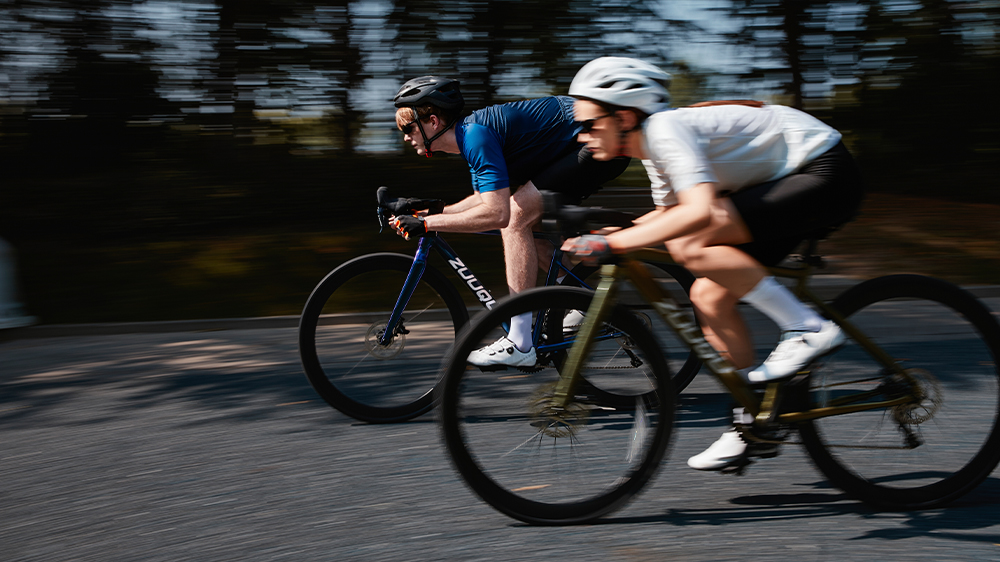
Mountain bikes offer a dynamic riding experience, making them ideal for both outdoor adventures and daily commuting. With the right bike and regular care, riders can enjoy years of performance and versatility. Whether you’re climbing steep hills, navigating forest trails, or simply cruising through the city, a mountain bike provides a dependable and enjoyable way to move.


 0
0


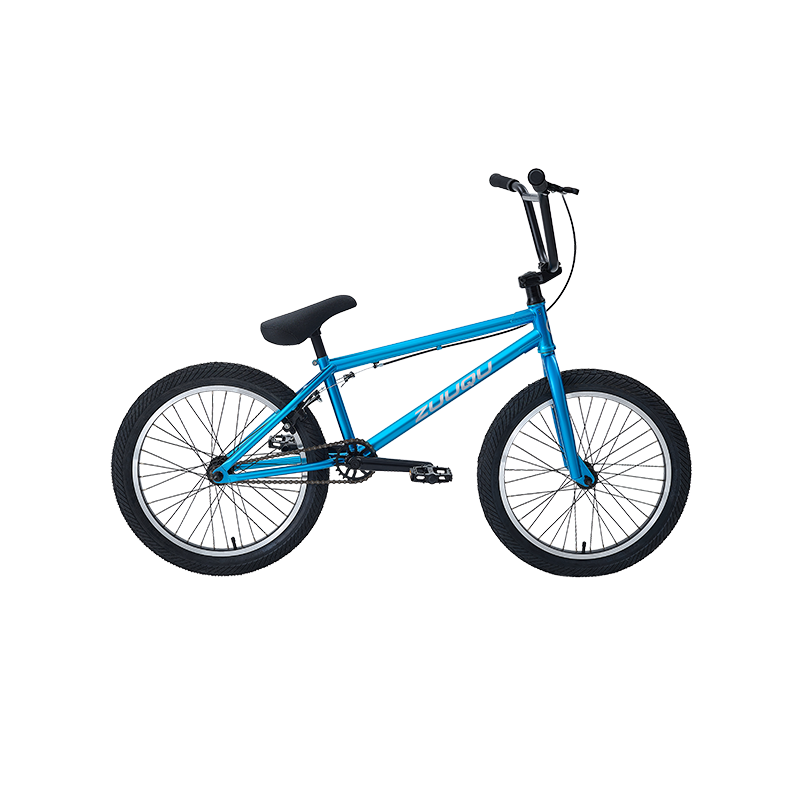

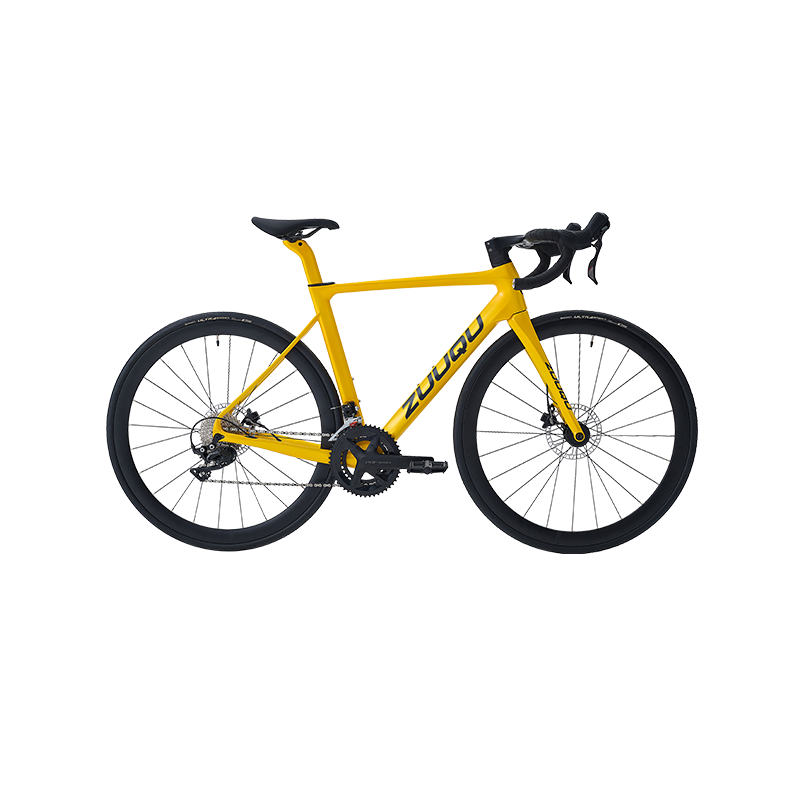
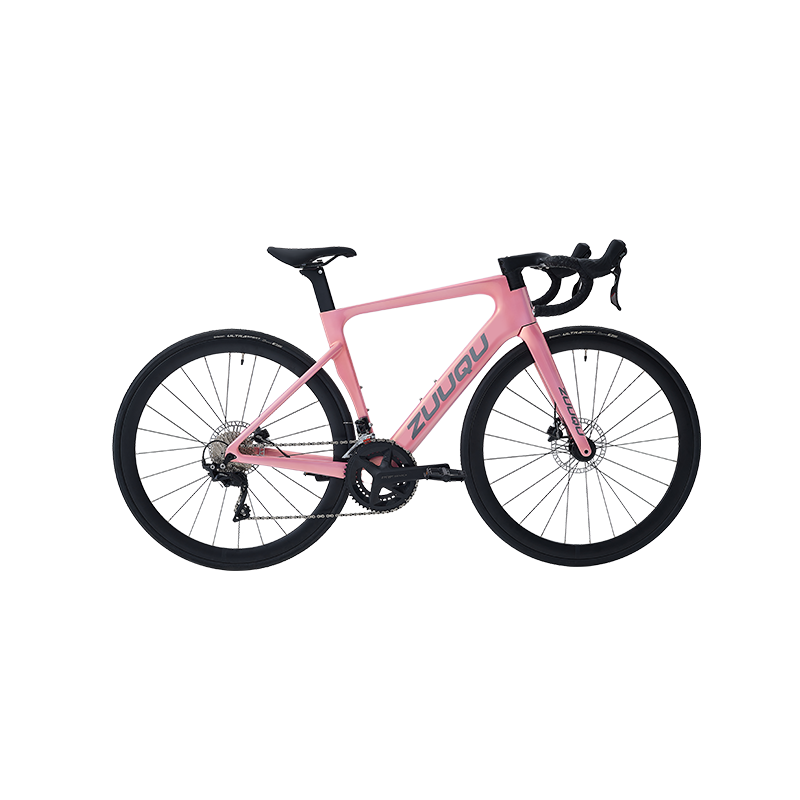
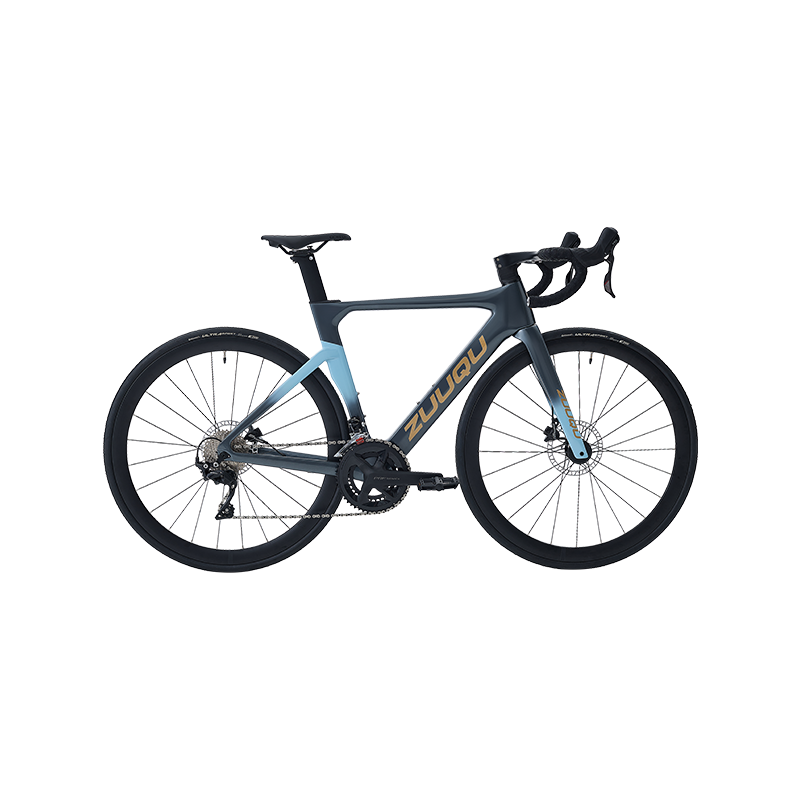
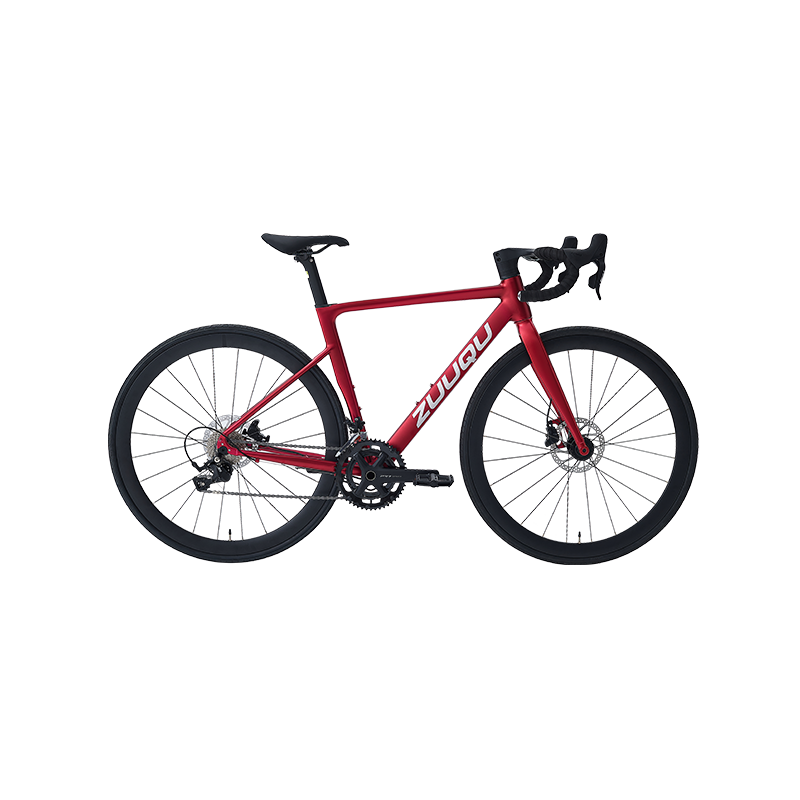
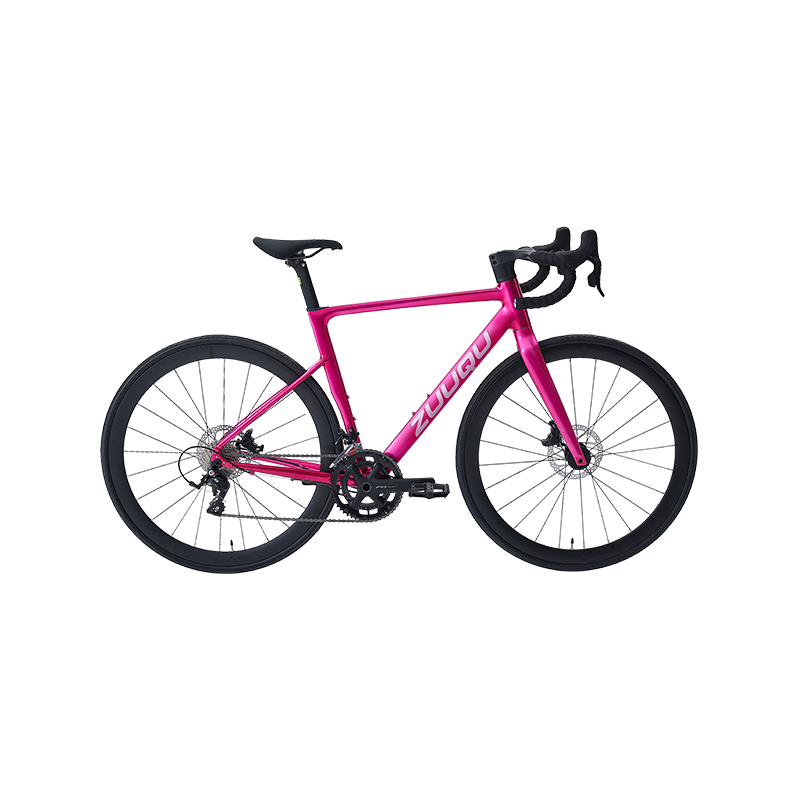

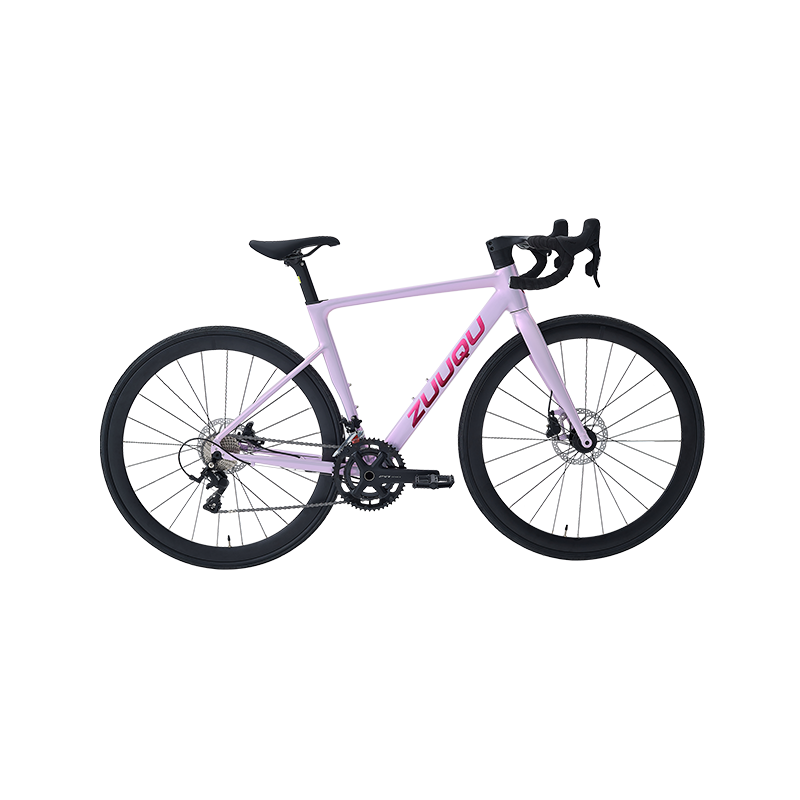
 Linhang industry park, Zhuji,
Linhang industry park, Zhuji,  +86-18858280688
+86-18858280688
